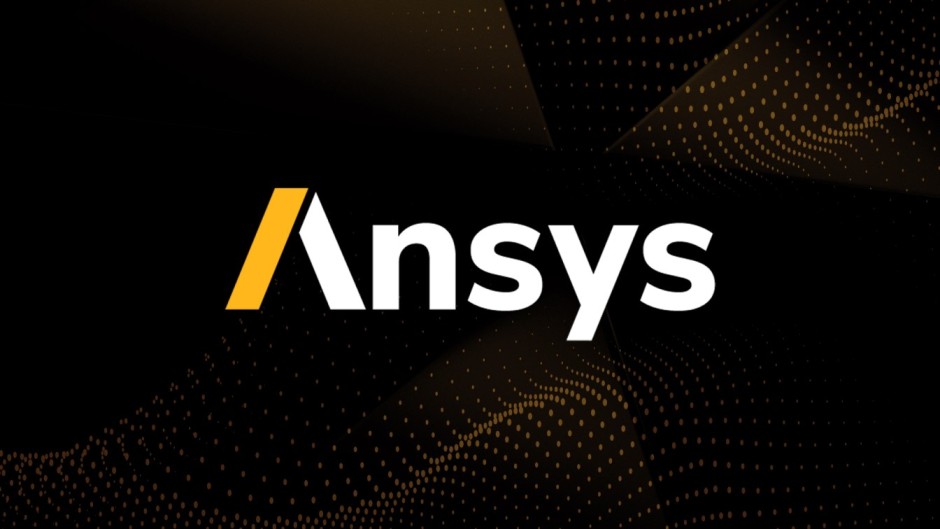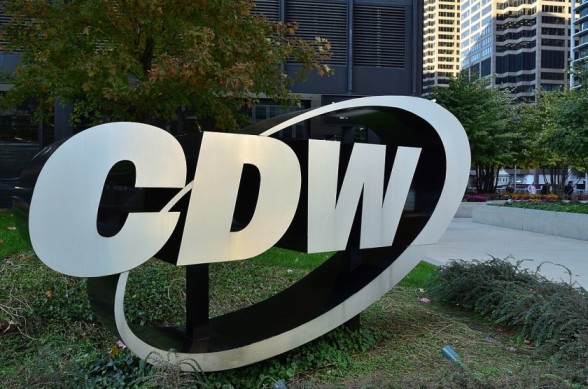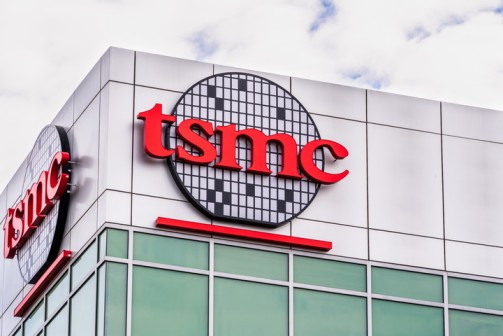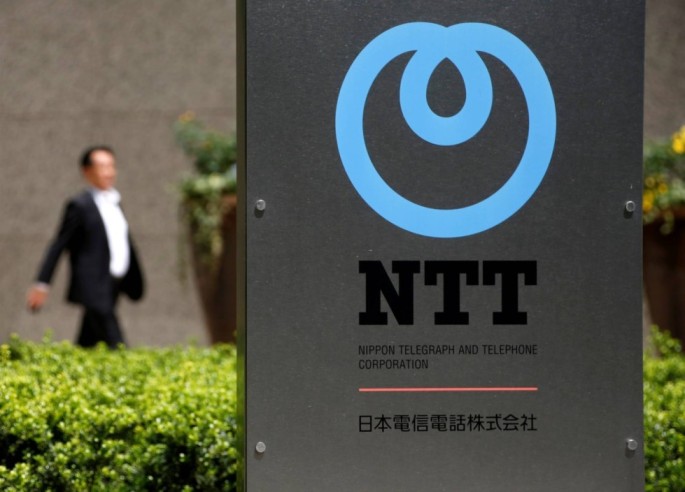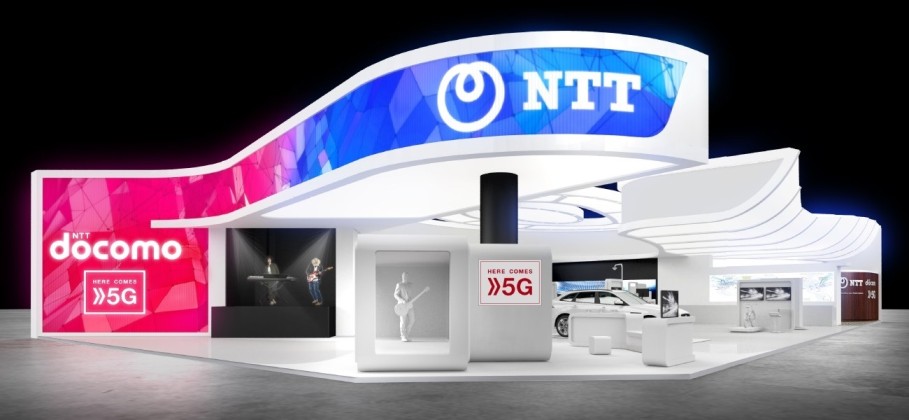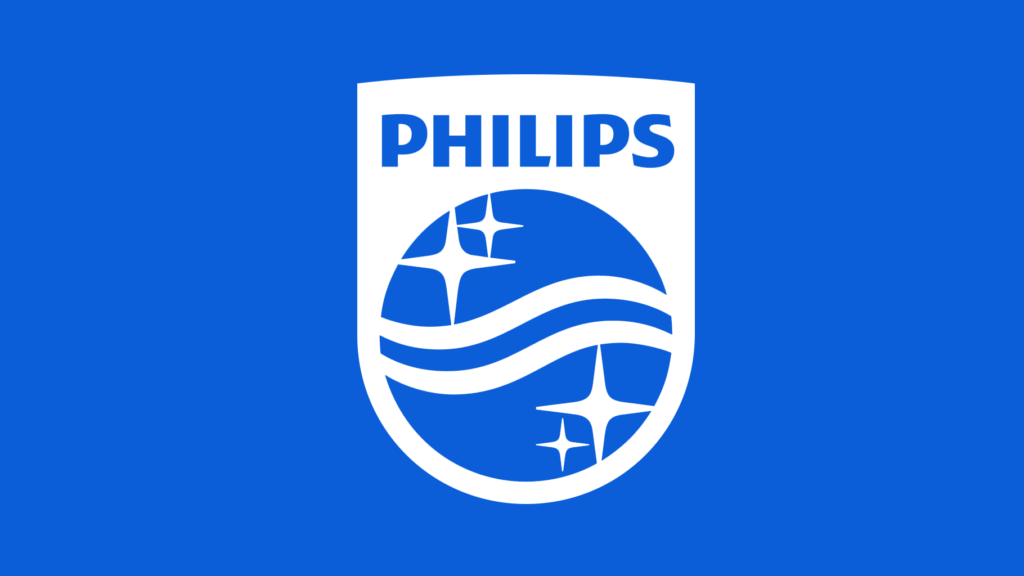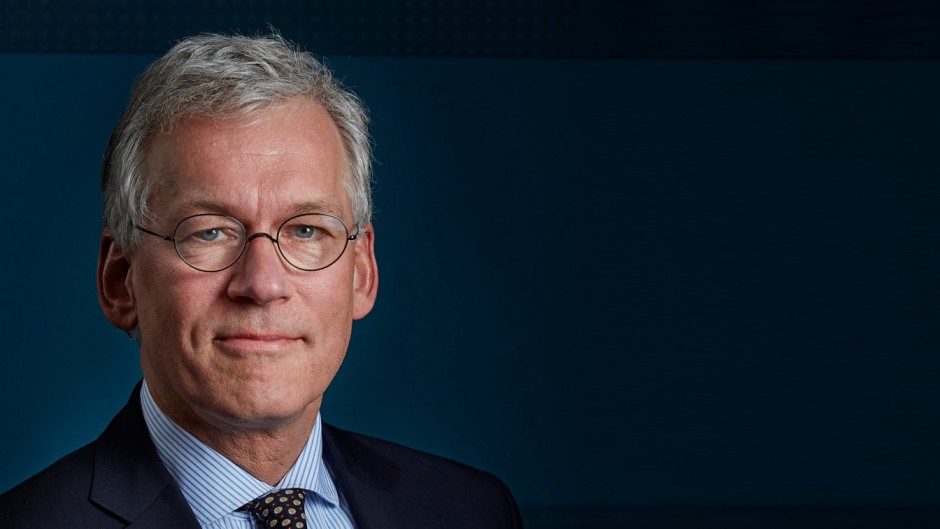Wayfair – The Journey of American E-Commerce Company.
Wayfair is a furniture and home goods retailer based in the United States. The company was founded in 2002 and was previously known as CSN Stores. Wayfair grew into the behemoth it is today as a result of the dot-com crash in the early 2000s, the evolving nature of internet shopping, and an increasingly global supply chain. It has emerged as a pioneer of its peers.
The online marketplace features 14 million products from over 11,000 international suppliers. It also has 80 “house brands,” which aren’t actually brands but are used to categorize and merchandise products based on certain decorating aesthetics. The company does not manufacture any of the products it sells and instead operates on a drop-ship basis. When a customer places an order, Wayfair purchases the item from one of its suppliers, who then ships it to the customer in a variety of ways. Wayfair has 12 fulfillment centers and over 12 million square feet of warehouse space in Europe and North America.
The Wayfair Brand And Its “Lifestyle Brands”
Wayfair is more than just Wayfair.com, Joss & Main, AllModern, Perigold, and Birch Lane are also owned by the company. Wayfair.com is the company’s main hub, where you can find everything from furniture to appliances that went viral. AllModern constitutes modern and chic furniture, whereas Joss & Main and Birch Lane are nearly identical and lean towards traditional furniture.
Perigold, the newest site, is high-end, but it appears to be designed specifically for someone who owns a mansion or a villa. The company refers to these sites as “lifestyle brands.” Beyond the “lifestyle brands,” the products are further subdivided into one of Wayfair’s 80 “house brands”, which are only available on Wayfair.com.
The Establishment of Wayfair
Wayfair, formerly known as CSN Stores, began with the website racksandstands.com, selling media stands and warehouse furniture. In 2003, Wayfair expanded to include patio and garden goods suppliers, three online stores, and more than a dozen employees and relocated its headquarters to Newbury Street in Boston. Over the next two years, the company expanded its offering to include home décor, institutional, office, kitchen and dining furniture and materials, as well as home improvement goods, luggage, and lighting, as well as bed and bath materials. The company made $100 million in sales in 2006. Within the next four years, the company expanded in both domestic and international markets.
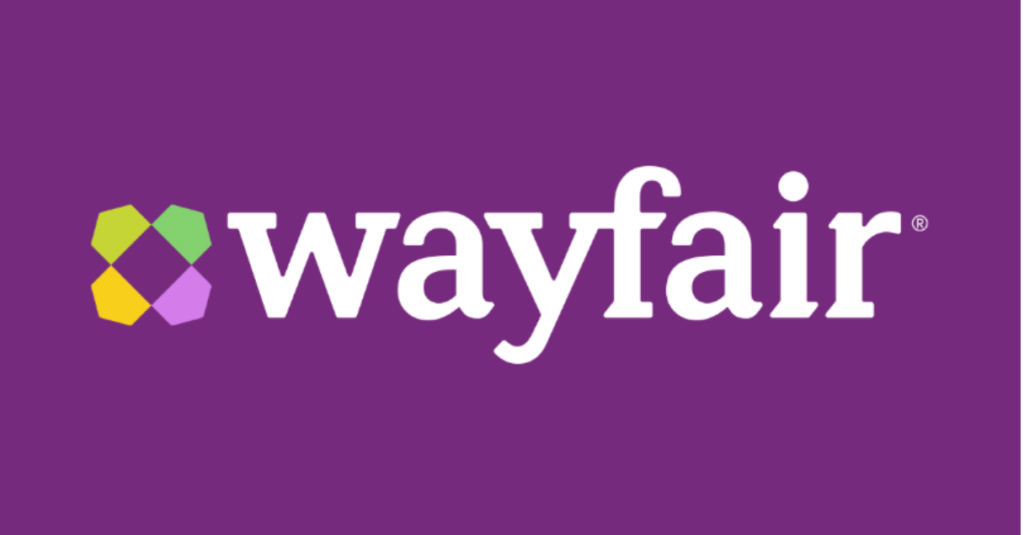
CSN Stores opened an office in London in 2008 and began exporting to Canada and selling in the United Kingdom. The company relocated its headquarters to 177 Huntington Avenue in 2010. The company launched Joss & Main, a members-only private sales online store, at the end of that year. CSN Stores had over 200 online stores by 2011. Battery Ventures, Great Hill Partners, HarbourVest Partners, and Spark Capital provided $165 million in funding to the company in June 2011. Wayfair.com went live on September 1, 2011. Wayfair had incorporated all of its niche websites, with the exception of Joss & Main and AllModern, into Wayfair.com as of July 2012.
Wayfair’s Response to an Emergency
Wayfair responds to crisis situations in the broader community where they have the resources and ability to assist on an emergency basis. The company worked with Habitat for Humanity International in February 2013 to directly assist the communities affected by Hurricane Sandy. Wayfair delivered over $50,000 in home furnishings to Habitat ReStore resale stores in Coastal New Jersey. Product sales funds directly supported disaster response efforts and home rebuilding in the region.
Wayfair responded to the terrorist attack at the Boston Marathon in April 2013 by donating $50,000 to Technology Underwriting Greater Good (TUGG) in collaboration with the company’s founders to directly assist victims of the bombing. Wayfair employees also raised $8,000 for One Fund Boston, which will be used to assist those most affected by the tragedy.
Stepping into the Future
Wayfair recently opened its first permanent store in Natick, Massachusetts, following a series of pop-ups over the years. The company provides hundreds of smaller items that customers can take home with them, as well as an in-person taste of what its digital services are like. Customers can collaborate with designers to design rooms and touch fabrics used in a furniture customization program.
The Founders
Niraj Shah co-founded Wayfair with Steve Conine in 2002, and the pair quickly expanded the company to become the largest online retailer of home furnishings, housewares, and home improvement products in the United States, with $15.3 billion in net sales for the fiscal year ending March 31, 2021. Wayfair employs over 16,200 employees and has large operations in the United States and Europe.
Niraj worked as the CEO and co-founder of Simplify Mobile, the Entrepreneur-in-Residence at Greylock Partners, the COO and a member of the board of iXL, and the CEO and co-founder of Spinners, which was sold to iXL in 1998. Niraj is a member of the Massachusetts Competitive Partnership and the Greater Boston Chamber of Commerce boards of directors. Niraj graduated from Cornell University with a B.S. in engineering and currently resides in Boston, Massachusetts, with his wife and two children.
